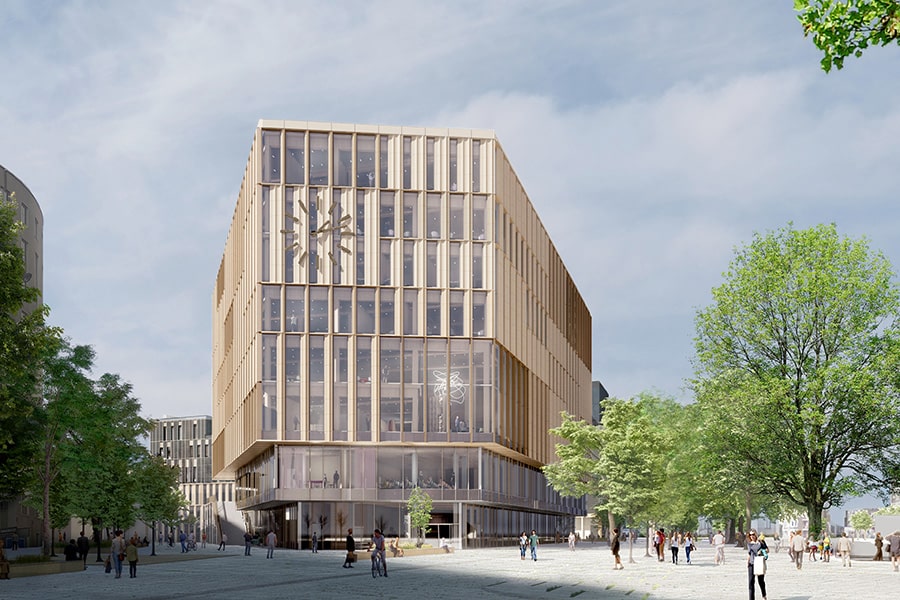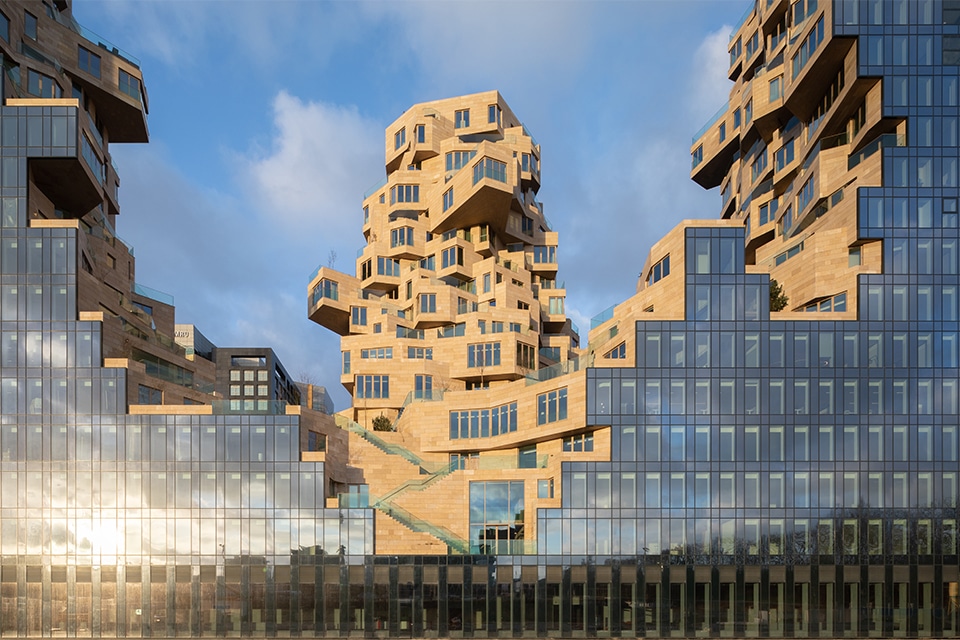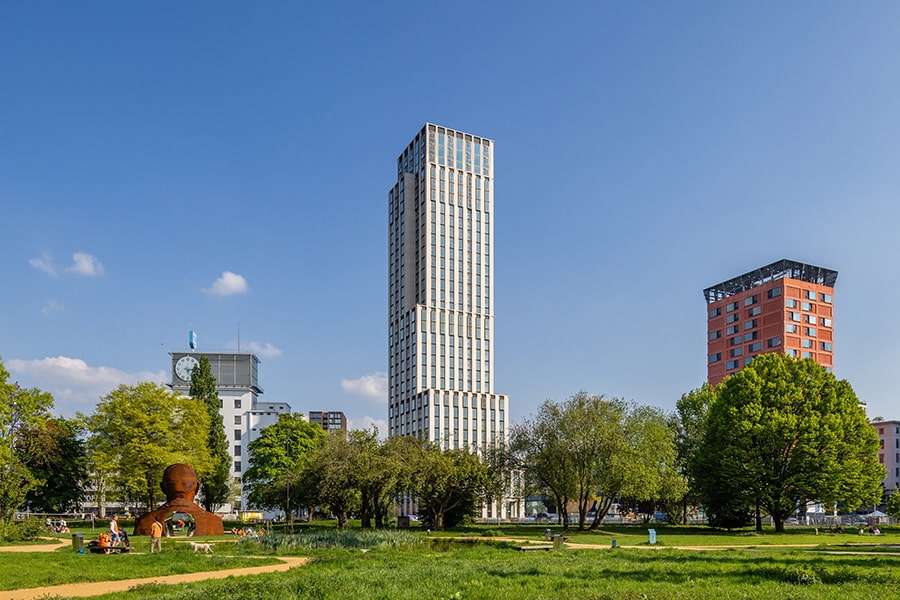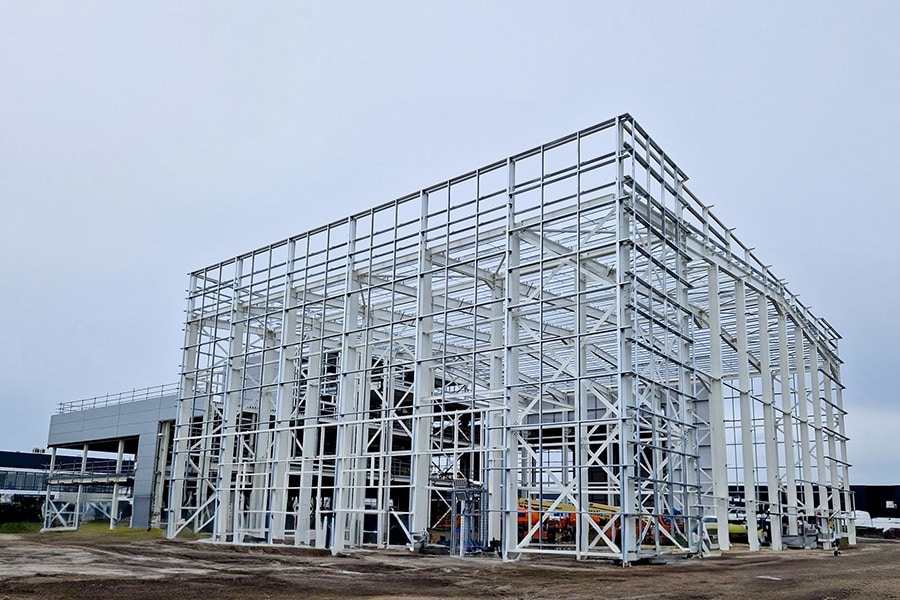
A SAFE INDOOR ENVIRONMENT IN A CHANGING WORLD
We spend more than 90% of our time inside buildings. Not only to work, live or learn there, but also for sports and recreation and sometimes to get better. So, now more than ever, it is very important that indoor climate conditions meet our needs and requirements.
In addition to good thermal comfort, the well-being of people in buildings is rightly being increasingly considered. Well-being is a sense of well-being; by it is meant being well physically, mentally and socially.
All the developments surrounding the current pandemic are putting pressure on both mental and social well-being. One wonders whether one can still work "safely" in the office, whether "socializing" with colleagues is still possible and what the risks are of possible infection.

What exactly is going on?
The COVID-19 virus is spreading and that is something we want and need to stop. Spread occurs through sneezing, coughing, screaming, singing and breathing hard by an infected person. Larger droplets infected with the virus will fall right down, but small droplets (also called droplet nuclei) form aerosols. These aerosols can spread over greater distances and thus have the potential to travel with air currents through a building.
Despite initial resistance from official agencies such as the RIVM, it is now widely accepted that viruses can spread through the air.
Preventing the spread of viruses in buildings is currently the most important challenge in the field of indoor climate engineering.
What is the advice?
Several institutes have published opinions that include measures aimed at making the working environment as safe as possible. This mainly refers to measures that minimize the risk of infection in buildings.
The core of the recommendations is ventilation with 100% outside air. Here, all air added to a room should come from outside and thus should not consist of recirculated air coming from within the building itself.
Whereas the Building Code still assumes 25 m3/h per person, the recommendations for sufficient ventilation to stay "safe" go much further, even up to 50 - 60 m3/h per person.
Thus, the main recommended measures are to stop recirculation (for example, by closing the recirculation valves in the air handling unit) and to ventilate with sufficient outside air.
What is the practice?
Ventilating more with 100% (treated) outdoor air is good for everyone and significantly improves human well-being. But what if recirculation cannot be closed (completely) and what if the capacity is (well) insufficient to supply the recommended amount of fresh air per person? What options then remain for a building owner?
There are many different situations and installation concepts in existing buildings, each with their own specific characteristics. A QuickScan can quickly determine the current situation and which measures can be taken quickly. There are several market players who offer these scans and advice.

What else is possible?
Many outdoor air supplies ensure that the contaminants in the air are mixed with the (contaminated) room air and can then be discharged through the return system.
If insufficient outside air is available, there are various air cleaning solutions. In terms of contaminants, three main groups can be distinguished: solids (such as particulate matter), gaseous substances (such as nitrogen) and viruses, bacteria and fungi (such as COVID-19). The first two groups can be neutralized with various filtering techniques and the latter can be neutralized with UV-C solutions. All these techniques are already available on the market, however, their proper application, selection, installation and maintenance is work for specialized technical service providers.
Advice is therefore still advisable: ventilate as much as possible with outside air and also obtain appropriate advice. The expert and experienced technical specialists of HC Groep will be pleased to help you in both areas.




